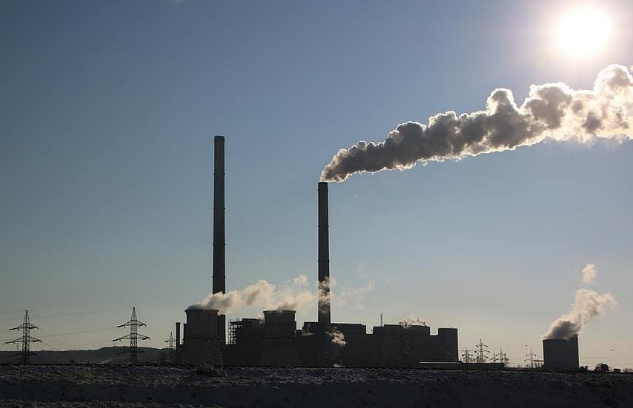COVID-19 Lockdown Didn’t Help Much in Reducing Carbon Emission: UN Report

Image Courtesy: Pikist
One of the positive contributions from the worldwide lockdowns and slowing of economies owing to the COVID-19 pandemic was expected in the reduction of carbon emission as well as in terms of climate change. But, things may not be as straightforward as some optimists had expected. A latest UN report, named United in Science Report has revealed that COVID-19 response globally could barely make a dent in the climate change.
It is true that carbon dioxide emission steeply went down during lockdowns. But, this could not deter the continuous rise in the concentration of the gas in the atmosphere. The study finds that the period of 2016-2020 is most likely to be the warmest five years. As a result, the irreversible impacts of climate change are increasing.
The United in Science Report clubs experts from various international organisations that include the UN and the World Meteorological Organisation (WMO). The report found that due to lockdowns, the daily level emissions of greenhouse gases went down by 17% in comparison to 2019 in the month of April. But, as the world came back to work, emissions rose by June and that was 5% of the previous year.
The study took the observations from some important monitoring stations around the world. At the Mauna Loa Observatory situated in Hawaii, the carbon dioxide amount in air samples was found to have increased from 411 ppm (parts per million) in July 2019 to 414 ppm in July this year. Again, at the Cape Grim monitoring station situated in Tasmania, the concentration was found to have risen from 407 to 410 ppm in this year till July.
However, a complete global picture of the concentration of the warming gases is not likely to be obtained till the later half of the year. Nevertheless, with the already available data it is clear in which direction it is moving. Clearly, it is moving upward, and there will be an increased concentration of the warming gases in the atmosphere.
WMO secretary general, Prof Petteri Taalas commenting on the gravity of the issue was quoted to have said, “Greenhouse gas concentrations—which are already at their highest levels in three million years—have continued to rise. Meanwhile, large swathes of Siberia have seen a prolonged and remarkable heatwave during the first half of 2020, which would have been very unlikely without anthropogenic climate change. And now 2016-2020 is set to be the warmest five-year period on record. This report shows that whilst many aspects of our lives have been disrupted in 2020, climate change has continued unabated.”
The study points out the important concern of the growing gap between what is needed to be done and the reality of the efforts made to cut emission. It is an urgent need to cut the greenhouse gas production immediately, if we are to achieve the goal of the Paris Agreement—to keep the temperature rise within 1.5 degree Celsius since preindustrial period.
As a result of global warming, the sea level rise has already attained an incredible speed. Between 2016 and 2020, the rate of increase was found to be 4.8 mm per year, while it was 4.1 in the period 2011-2015. The decline of Arctic ice has also reached an alarming point, with 13% decline per decade.
While emission monitoring is an indicator of what exactly is happening on the surface, the most concerning thing in the context of global warming is the concentration of warming gases in the atmosphere. Some gases, for example carbon dioxide, can stay in the atmosphere for centuries. The latest UN report clearly indicates the alarming level of concentration rise of the warming gases.
Get the latest reports & analysis with people's perspective on Protests, movements & deep analytical videos, discussions of the current affairs in your Telegram app. Subscribe to NewsClick's Telegram channel & get Real-Time updates on stories, as they get published on our website.
























